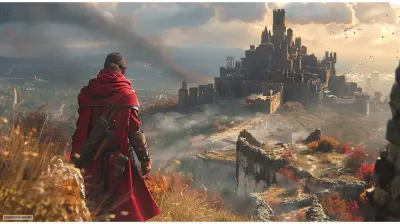Inside the Code: How Developers Craft VR Environments
13 June 2025
Virtual reality (VR)… sounds futuristic, right? Like something out of a sci-fi flick or a Black Mirror episode. But guess what? It's here, it's real, and developers are diving headfirst into this digital rabbit hole to build some mind-blowing, immersive worlds. Ever wonder how they do it? How do they take an empty 3D space and turn it into a stunning alien jungle, a perfectly recreated historical battlefield, or a neon-drenched cyberpunk city?
Buckle up, friend. We're going behind the scenes, deep "inside the code," to see how developers craft VR environments that not only look cool but feel real enough to make you duck when a virtual bird flies by.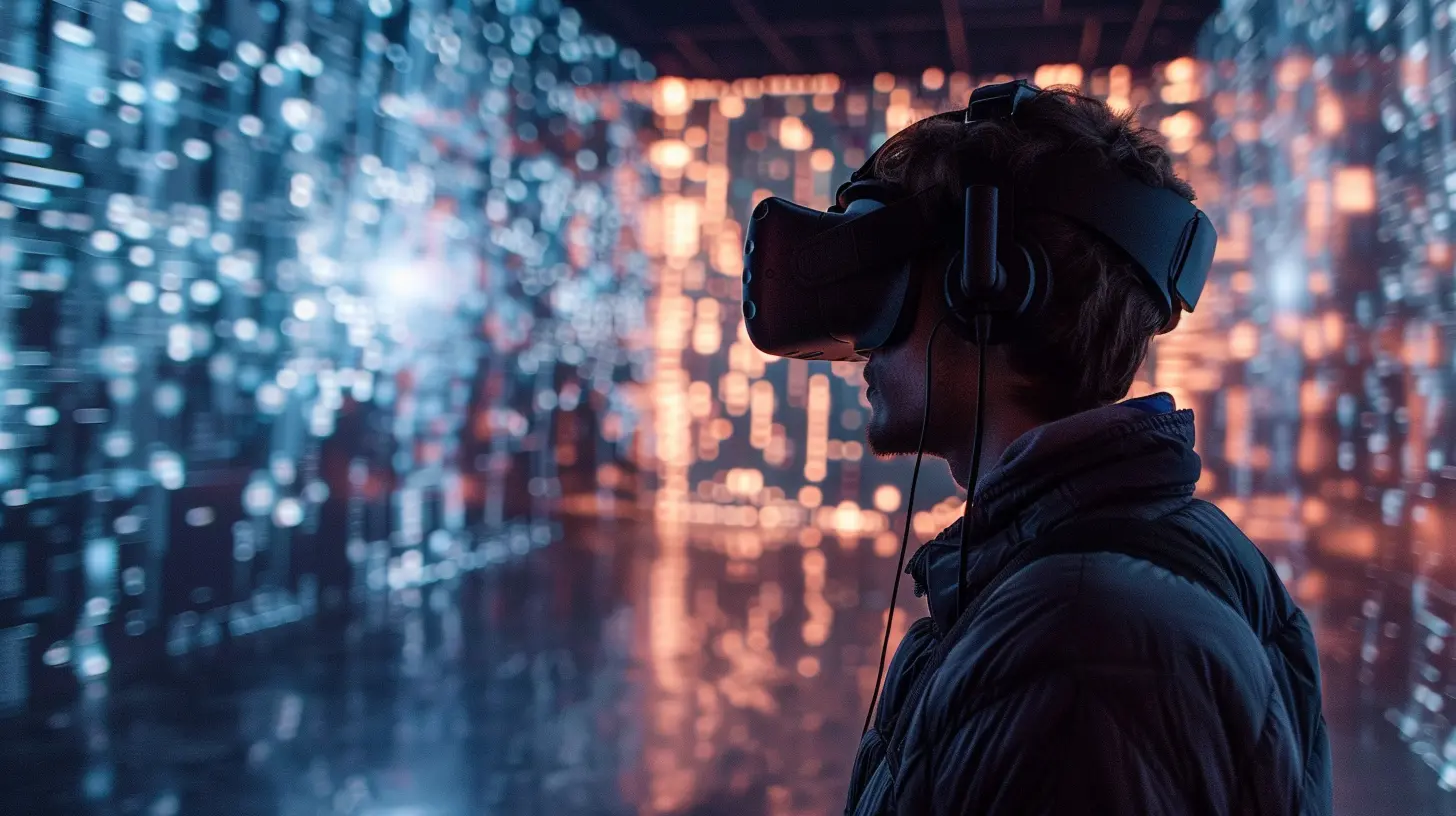
🧠 Reality Reimagined: What Makes VR Feel “Real”?
Let’s not overcomplicate stuff. VR is basically a high-tech illusion—a complex magic trick. The goal? To convince your brain it's somewhere else entirely. That’s where game devs come in, armed with engines, code, and a lot of caffeine.But for that illusion to work, everything has to gel. The visuals, audio, motion, and even how quickly things respond when you turn your head. It’s like making a cake—mess up one ingredient, and suddenly, it's not delicious. It's digital disaster.
Developers deal with a whole new set of challenges in VR: depth perception, player orientation, motion sickness, real-time interaction, and creating immersive spatial audio. It's not just about pretty graphics; the environment has to "feel" right.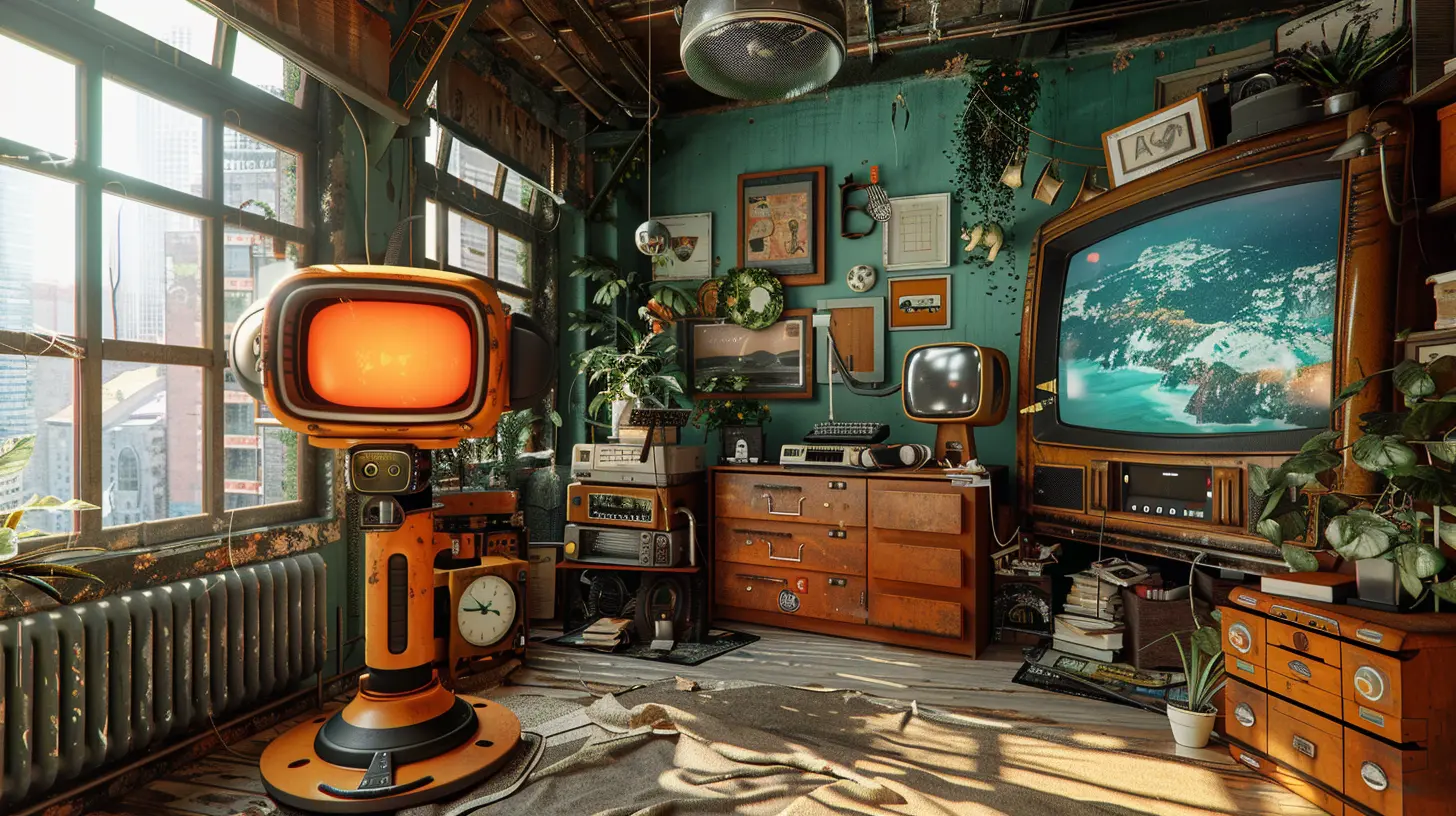
🎮 Level One: Choosing the Right Game Engine
Before developers even slap on a headset, their first big decision is choosing a game engine. Think of a game engine like a toolbox. You wouldn't build a house with a toothbrush, right? Same goes for VR.Here are the crowd favorites:
- Unity – Super flexible, loads of VR support, huge developer community. It's the Swiss Army knife of game engines.
- Unreal Engine – Gorgeous visuals, powerful features, but a steeper learning curve. It’s like giving Thor a hammer and going, “Go nuts.”
- Godot – Open source and lightweight. It’s the indie darling, but still catching up in VR features.
Each one has its quirks. Unity’s easier to start with, Unreal gives you that cinematic wow, and Godot’s great if you love open-source freedom.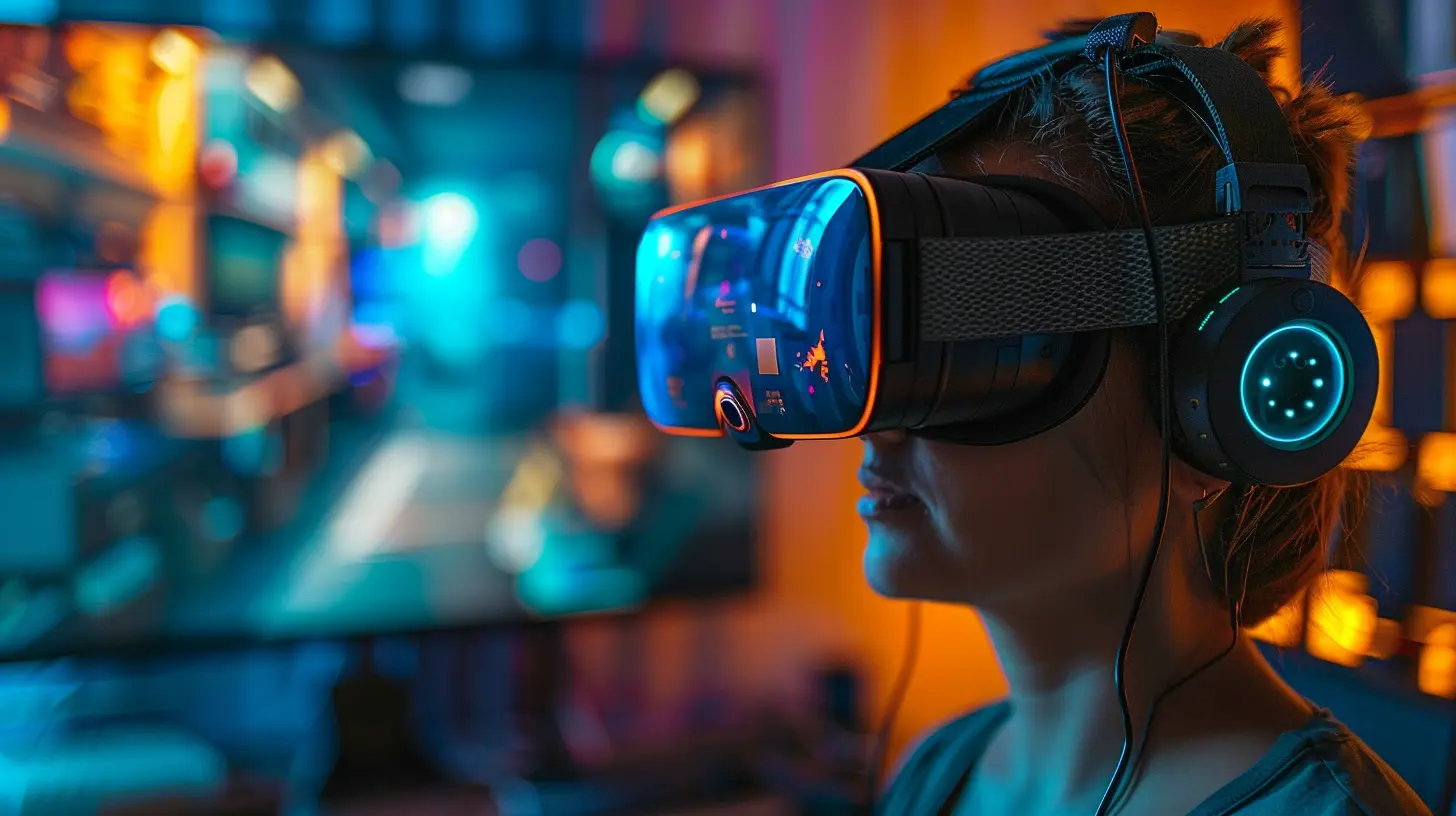
🧱 Building Blocks: Modeling and Texturing the World
Okay, now you’ve got your engine. What's next? Building the world, of course. We’re talking virtual architecture, terrain, weather, lighting—all the stuff that tricks your brain into thinking you're walking through a haunted mansion or scaling Himalayan peaks.🌍 3D Modeling – The Digital Sculpting Clay
Developers use tools like Blender, Maya, or ZBrush to 3D model pretty much everything—mountains, trees, alien tech, whatever fits the vibe. It’s like being a sculptor, but instead of marble, it’s math and mesh.Want a realistic boulder? It needs the right shape, size, and surface texture. Get lazy here, and your VR world turns into a low-res potato patch.
🖌️ Texturing – Giving Skin to the Bones
Ever seen a 3D model without textures? It’s basically a blank mannequin. Texturing slaps on color, patterns, and surface detail. Think rust on metal, moss on stone, neon reflections on wet pavement—textures bring emotion to the environment.Developers often use Substance Painter or Quixel to create textures, and then bake 'em into the scene using shaders.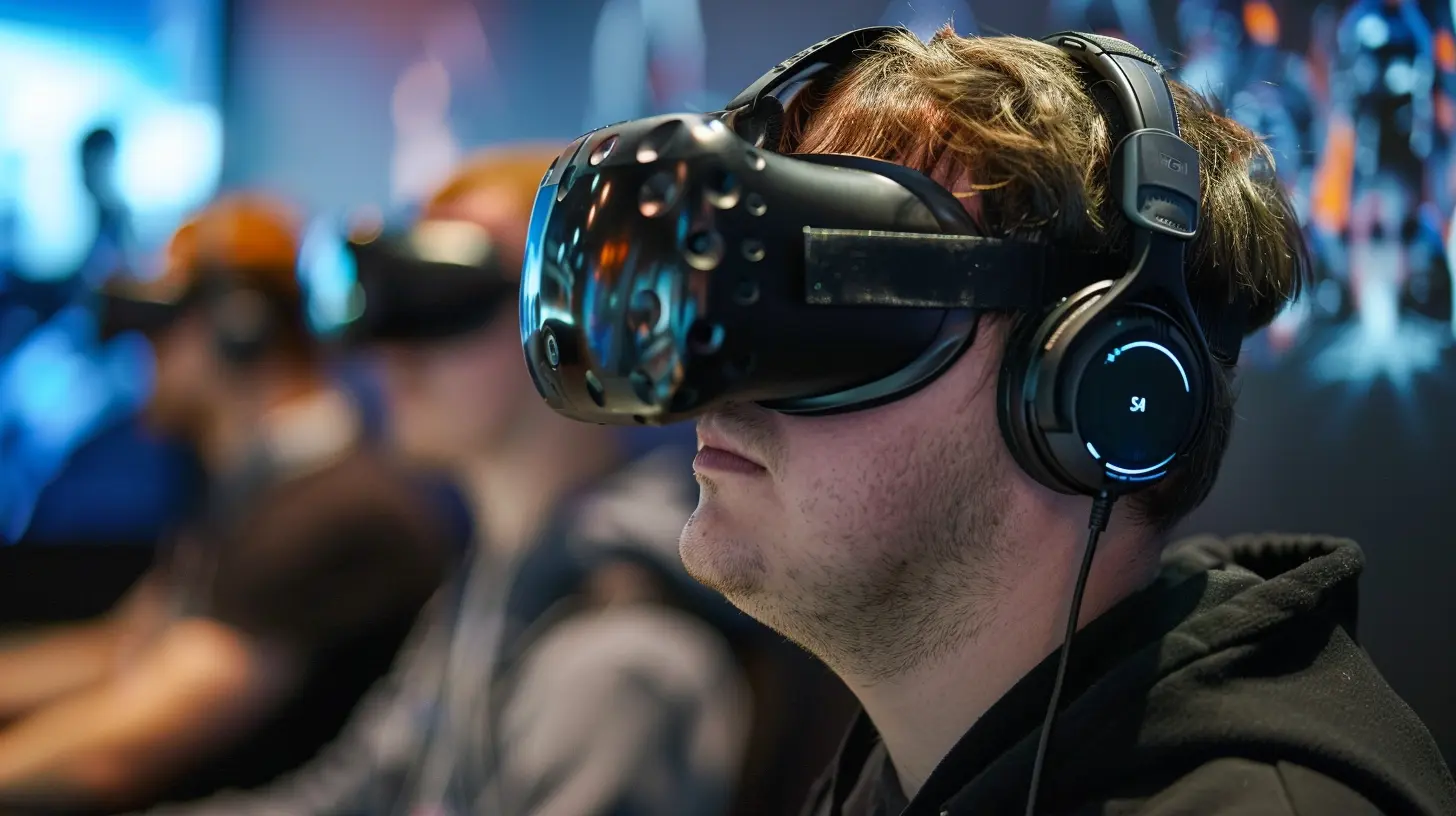
💡 Making it Shine: Lighting, Shadows, and Mood
Imagine playing a horror VR game in a brightly lit room. Kinda kills the vibe, right?Lighting is a storytelling tool in VR. It sets the mood. Dynamic lighting? It can simulate time passing, like the sun creeping across the sky. Volumetric lighting? That’s how you get those gorgeous god rays streaming through a window.
But here's the kicker: VR demands real-time performance, so devs have to balance stunning visuals with smooth framerates. That means baking some light sources into the environment while letting others behave dynamically.
Also, shadows are not just for realism—they help you judge distance and depth in a 3D space. Get them wrong, and your brain screams, “This ain't real!”
🦾 Moving Parts: Game Physics and Interactions
You reach out to grab a sword in VR. It should feel like it's actually there, right?That’s where physics and interaction systems come in. Whether it's picking up items, pressing buttons, or throwing bananas at zombies, it all has to behave in a way that aligns with real-world expectations.
🎯 Collision Detection
This is what stops you from walking through walls or reaching into objects. It's like an invisible bouncer saying, "Nope, can't go there."🧲 Haptics and Feedback
Nowadays, devs sync physical feedback—like controller vibrations—with in-game actions. Smash a crate? Your hand will rumble. It’s like adding flavor to a dish… you don’t always notice when it’s there, but you sure notice when it's missing.🧠 Mind Games: How AI Powers VR Worlds
AI in VR isn’t just about smarter enemies or NPCs that chat. It’s about creating a world that feels alive.You’ve got dynamic systems that can:
- Change weather in real-time
- Control background characters’ behavior
- Adjust difficulty based on your skill
- React to your decisions in nuanced ways
Imagine walking into a tavern in a medieval VR world. The bartender nods, the bard's song changes tone if you're causing trouble, and a patron drunkenly mutters something relevant to your quest. That’s smart AI doing its thing.
🌐 Optimizing the Matrix: Performance is Everything
If you’ve ever played a choppy VR game, you know it’s like seasickness meets frustration.To keep things smooth, devs obsess over performance. They use techniques like:
- LOD (Level of Detail): Reducing detail on distant objects to save resources.
- Occlusion Culling: Not rendering things the player can't see.
- Foveated Rendering: Only rendering high detail where you’re looking (with eye-tracking tech).
Why so much effort? Because VR runs at super-high frame rates (90fps+). Drop below that, and people start feeling queasy. Nobody wants a barf-simulator 3000.
🎧 Don’t Forget Your Ears: Audio in VR
VR audio? Hugely underrated. It’s like the secret spice in a killer recipe. You sense it, but might not know why the whole dish feels just right.Spatial audio means sounds shift directionally as you move your head. It makes everything feel more real. Hear footsteps behind you? You’ll instinctively turn. That creaky door in the distance? It’s not just a sound effect—it tells a story.
Developers use middleware like Wwise or FMOD to manage 3D audio systems. Combined with physics (like echo and Doppler effects), sound becomes an immersive tool, not just decoration.
🧪 The Testing Lab: Trial, Error, and Headaches
All this coding magic doesn’t mean squat unless it actually works in a headset. And that’s where things get gnarly.Testing VR games is a weird mix of play, tweaks, and nausea. Developers have to:
- Test different headsets (Meta Quest, PSVR, Valve Index, etc.)
- Adjust for room-scale vs seated gameplay
- Calibrate input for varying controller types
- Optimize for motion sickness (with teleporting, smooth turns, etc.)
A lot of iteration goes into getting a VR experience just right. If devs don’t test, players will rage-quit—or worse, hurl into a trash can.
👀 The Future of VR Development
Let’s peek into the crystal ball. Where’s VR headed?- Hand tracking is improving, ditching controllers for good.
- Facial tracking could revolutionize social VR.
- AI Generators for environments? Imagine turning a short text prompt into a full 3D world.
- Haptic suits? Full-body immersion might make Ready Player One feel less like fiction.
The line between code and consciousness keeps getting blurrier. As hardware gets slicker and game engines evolve, devs are on the brink of creating VR experiences so real, they’ll make your brain second-guess everything.
👋 Wrapping It Up
Behind every jaw-dropping VR experience is a team of developers juggling art, code, physics, lighting, and a hundred other things that make virtual worlds come to life. They're like digital architects crossed with illusionists.From choosing the right engine to optimizing every pixel, crafting a VR environment is no joke—but the results? Totally worth it. Next time you plug in and explore a new world, give a nod to the devs who made it happen.
Until then—keep your headset clean, your framerates high, and remember: reality is so overrated.
all images in this post were generated using AI tools
Category:
Virtual RealityAuthor:

Brianna Reyes
Discussion
rate this article
2 comments
Yolanda McInnes
This article beautifully unveils the artistry behind VR! It's fascinating to see how developers bring immersive worlds to life. Can't wait to dive deeper!
June 15, 2025 at 4:53 AM

Brianna Reyes
Thank you! I'm glad you enjoyed it. The artistry of VR truly is remarkable, and there's so much more to explore!
Susan McClure
This article provides valuable insights into the intricate process of VR environment development. It's fascinating to see how coding shapes immersive experiences. A must-read for anyone interested in game design and technology.
June 14, 2025 at 4:51 PM

Brianna Reyes
Thank you for your thoughtful comment! I'm glad you found the insights valuable and that the intersection of coding and immersive experiences resonated with you. Happy reading!

